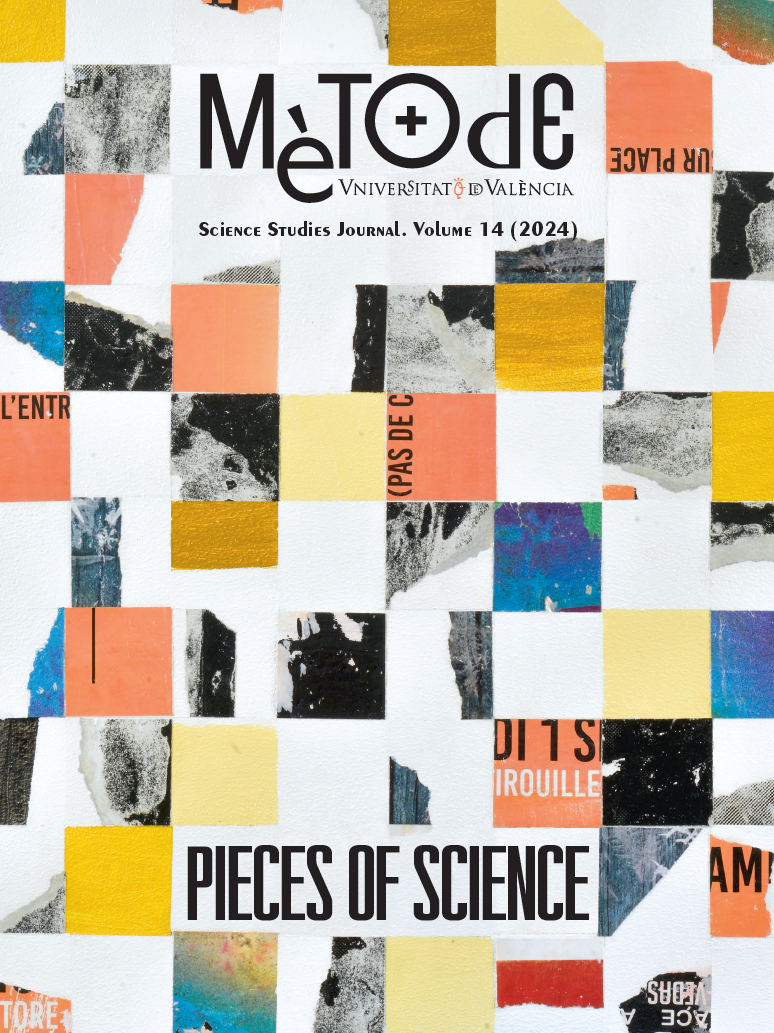Introduction: Moments of science. Photography and the understanding of nature
DOI:
https://doi.org/10.7203/metode.14.26680 Abstract
Abstract
The search for certainty in a world that is often so binary – where choosing between two options seems to be the better (and simpler) alternative – gives meaning to the expression «a picture is worth a thousand words». But if we are running away from simplicity, why choose between the two?
Since the advent of photography, the scientific community has had a tool with which to provide objective knowledge that had previously been recorded and shared through words (both oral and written) and illustrations. It thus became a key tool for constantly pushing back the frontiers of our understanding of nature. Despite its success and potential, photography continues to be overlooked by some in the scientific community.
This monograph navigates through the history of photography and science. It shows how great historical figures such as Charles Darwin saw photography as a powerful ally. It also highlights some of the ways in which photography is used in contemporary scientific activity. It is quite striking to consider how transversal and necessary the contribution of photography has been – and will continue to be – to the advancement of science.
 Downloads
Downloads
Downloads
Published
How to Cite
-
Abstract731
-
PDF180
Issue
Section
License
Copyright (c) 2023 CC BY-NC-ND 4.0

This work is licensed under a Creative Commons Attribution-NonCommercial-NoDerivatives 4.0 International License.
![]()
All the documents in the OJS platform are open access and property of their respective authors.
Authors publishing in the journal agree to the following terms:
- Authors keep the rights and guarantee Metode Science Studies Journal the right to be the first publication of the document, licensed under a Creative Commons Attribution-NonCommercial-NoDerivatives 4.0 International License that allows others to share the work with an acknowledgement of authorship and publication in the journal.
- Authors are allowed and encouraged to spread their work through electronic means using personal or institutional websites (institutional open archives, personal websites or professional and academic networks profiles) once the text has been published.





